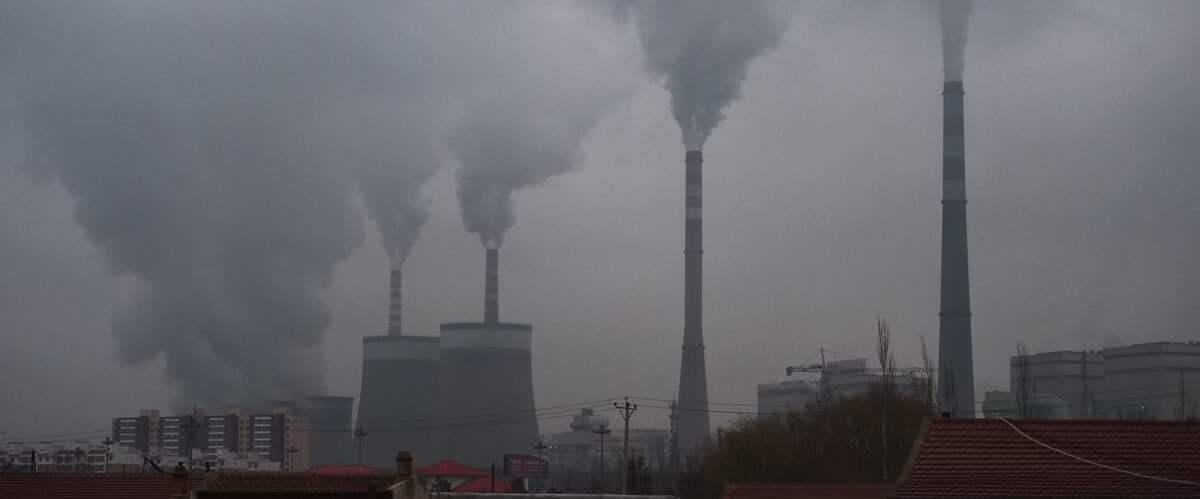China approved a jump in new coal-fired electricity generation capacity in the first quarter of 2023, complicating its promise to reduce its emissions from fossil fuels, the NGO Greenpeace regretted on Monday.
The country is, in absolute value and with regard to its population (1.4 billion inhabitants), the world’s largest emitter of greenhouse gases responsible for climate change, such as carbon dioxide (CO2).
China’s emissions commitments are therefore seen as key to limiting global temperature rise.
But during the first quarter, Chinese provincial authorities approved the construction of coal-fired power plants representing capacities of at least 20.45 gigawatts (GW), according to the environmental organization Greenpeace.
This is more than double the 8.63 GW recorded during the same period last year, and more than the 18.55 GW that received the green light from the authorities for the whole of 2021.
This increase fuels fears that China will backtrack on the goals it has set for itself: to reach a peak in emissions between 2026 and 2030 and carbon neutrality by 2060.
Last year, China generated nearly 60% of its electricity from coal.
The increase in the number of coal-fired power plants “risks causing climate disasters” and “locking us into a carbon-intensive path”, laments Xie Wenwen, a Greenpeace official.
According to a study released in February by the Center for Research on Energy and Clean Air (CREA), a Finland-based research institute, China last year approved its biggest wave of coal-fired power plants since 2015.
Some of the new projects validated in the first quarter of 2023 were in provinces that suffered power shortages last year following record heat waves, which reduced hydroelectric power production, according to Greenpeace. .
The NGO thus warns against a vicious circle: running coal-fired power plants, in particular to power air conditioners in summer, produces more emissions which will in turn accelerate climate change and produce waves of drought.
China is also the world’s largest producer of renewable energy.
According to National Energy Administration estimates, wind, solar, hydro and nuclear are expected to cover a third of electricity demand by 2025, up from 28.8% in 2020.
